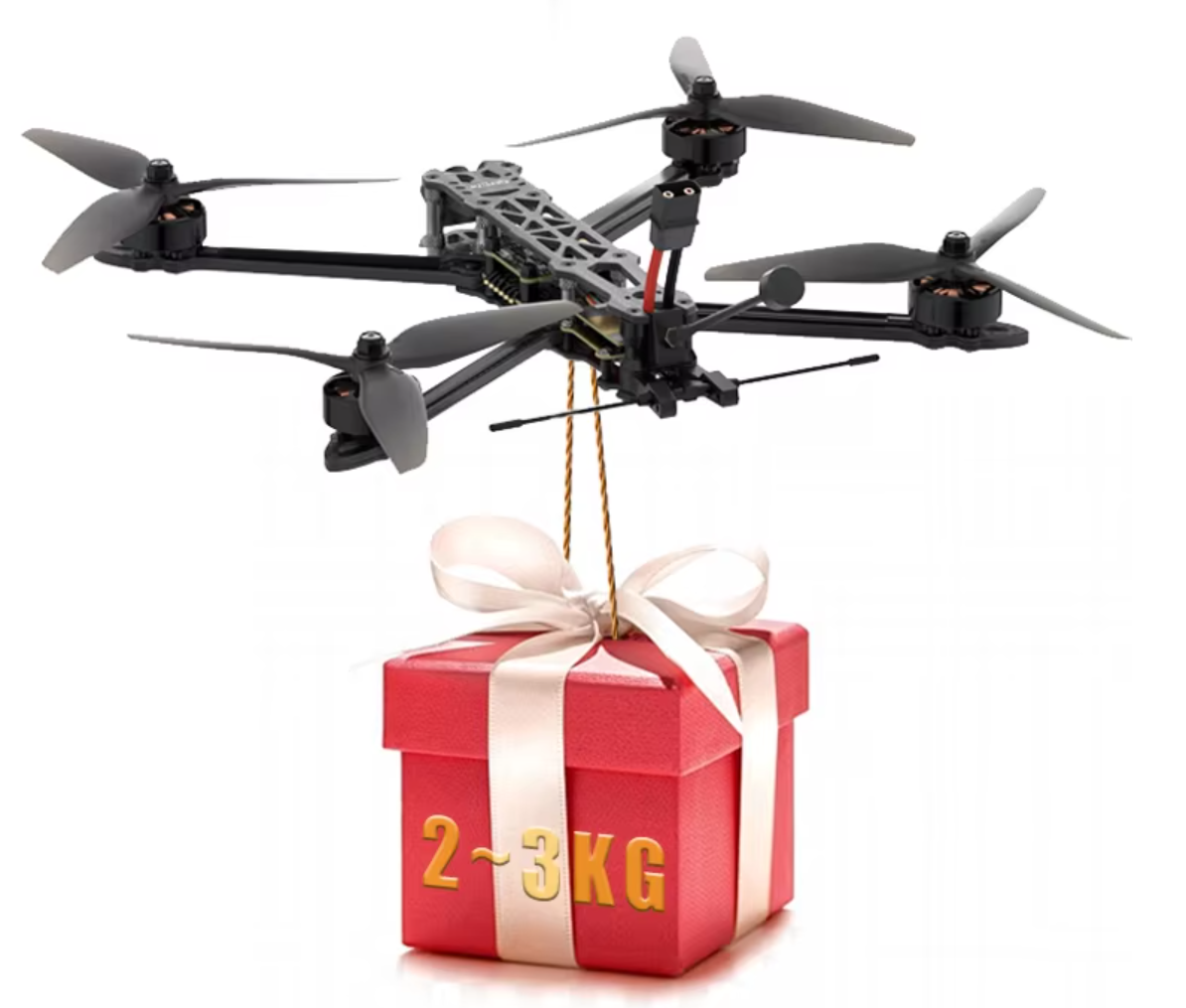Recently, an article titled "China's rapid development of non-cash society has exceeded imagination" has attracted the attention of many Japanese netizens at the famous forum in Japan. This article actually summarizes the popularity of Chinese mobile payment in Japan. For example, in China's convenience store payment method, cash payments only account for 11%.

Another example is KFC in Kunming, Yunnan, which is pushing orders for mobile phones. There is only one cash list. Nothing to eat with smart machines.
There are also simple roadside stalls, but paying for the QR code is standard.

What is even more shocking is that without a smart phone, it will be impossible to ask for food...

There are 841 personal comments on this article, and there are only 22 personal comments on North Korean missile launches.
The Japanese in the commentary are humble. Someone replied: Will Chinese people be reminded that 'Japan is lagging behind before coming to Japan, so we must bring in cash so as not to run into trouble'?
There are also people who worry: It feels like the Chinese would say that it is dirty and inconvenient to use cash to look down on the savage Japanese.
This explosion was removed shortly after, for no reason. However, we can know that China's mobile payment market is indeed in a leading position in the world. According to Forrester Research, last year China’s mobile payment market had reached US$5.5 trillion.
In such a huge market, several Alipay and WeChat take the lead. By the end of 2016, Alipay already had 54% market share, and Tencent, represented by WeChat, had a market share of 37%. The remaining less than 10% of the market share was split by many other agencies, and Apple Pay launched in China earlier this year did not squeeze into the top ten. China's mobile payment market has formed an oligopoly.

Looking at Japan again, on the one hand, Japan is restricted by factors such as laws and regulations, and there have been no third-party payment companies such as Alipay and WeChat that can directly make payments from bank accounts. On the other hand, Japan's "card culture" is deeply rooted. The Japanese traffic card (suica) has far exceeded the concept of a transportation card. Basically, it can be used in various fields such as transportation, retail, service, and supermarkets, and covers the entire territory. With this card, it seems that there is no mobile payment.
Not only Japan, but also the US mobile payment market lags far behind China, with a scale of US$112 billion, which is only one-fifth of that of China.
The United States, which is a global leader in finance and technology, is lagging behind China in terms of Fintech, especially mobile payment. In fact, the United States has long been accustomed to using credit cards to live. Their credit card popularity is much higher than that of China and higher than Japan. Compared with swiping a credit card, taking Apple Pay as an example, the use experience in the offline scene has not been much improved. This is to draw a card from the wallet (the credit card does not need to enter a password) and pull out from the pocket. A phone to brush the difference. Coupled with the habit of Americans using credit cards is difficult to change in the short term, there are many users have concerns about the safety of mobile payment. Even if Apple Pay has slowly become popular in the US market, the US mobile payment market is still lagging far behind China.
And when Apple Pay first started in the United States, even in the big city of New York, only a very few stores supported Apple Pay payments. A year later, the use of Apple Pay is still relatively limited. Although large-scale chain stores have full support, more merchants, especially offline restaurants, still do not support such mobile payment. Compared to mobile payment methods such as scanning QR codes, the United States uses Apple Pay as the representative of the mobile payment, on the one hand need to match the phone hardware, such as iPhone users and iPhone 6 or more mobile phones can support; on the other hand, POS The cost of rebuilding the machine is high. The price of a new POS machine is about 600 yuan, and the reconstruction needs about 300 yuan. The cost of the QR code is almost zero. This is also the reason why the coverage of mobile payments in the United States is far behind.
At the same time, it is difficult for the United States' "national conditions" to allow this low-cost mobile payment to penetrate every corner. As we all know, the United States is not good at law and order, and it is always necessary to take out a self-defense of 20 US dollars in order to avoid encountering tramps. Unlike beggar begging, you can use a two-dimensional code to sweep away. If a homeless man is carrying a mobile phone to robbery, he says to you: “Hey Baby! Come and scan the QR code!†Such a “gentle†robbery should be Not many people will get it. Since cash is carried anywhere, anytime, the completely "cashless" society that mobile payments admire has no meaning in the United States. Of course, this is just a joke.
In a research report, eMarketer, a market research firm, said that China's rapid push for near-end payment is largely based on its late-stage advantage. China does not have a solid credit card culture and therefore jumps directly from the cash payment stage to the mobile payment stage. Changing consumers’ ingrained consumption habits has become one of the biggest challenges for developing countries in Japan and the United States to develop mobile payments.

FPV uav used for throwing,Night Vision Camera Racing FPV Drones,Customized throwing FPV drone,FPV unmanned aerial vehicle used for throwing
Jiangsu Yunbo Intelligent Technology Co., Ltd , https://www.fmodel-ai.com